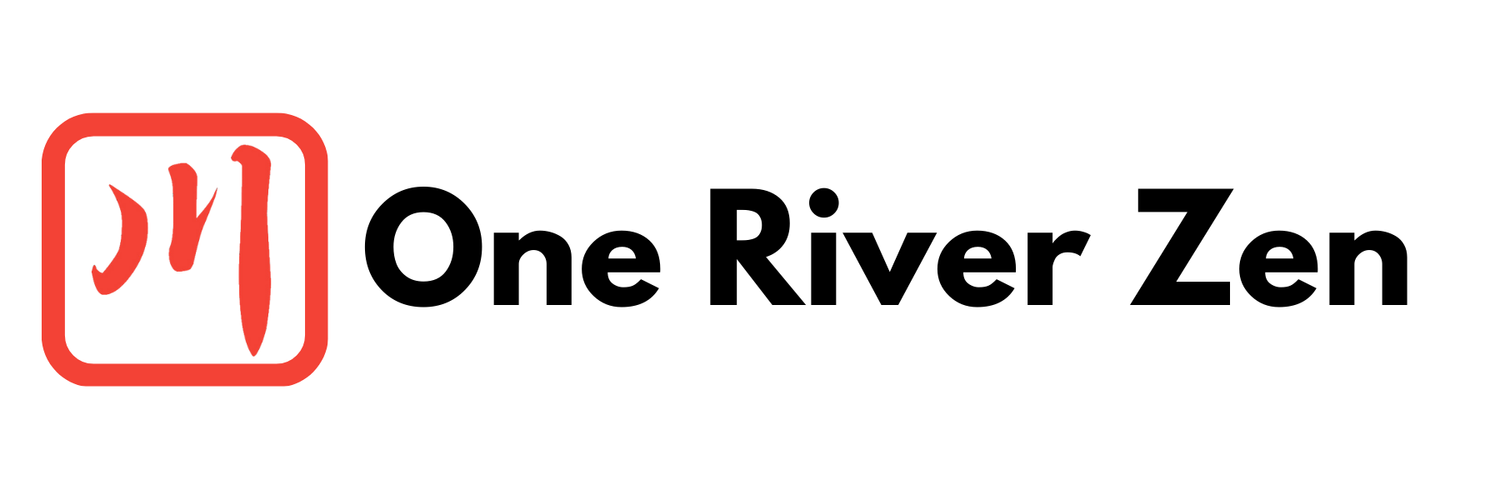A Heart Sutra Journey | Part One
"MAHA PRAJNA PARAMITA HEART SUTRA"
The title of this text has evolved over time, just as its position in Buddhist thought has. Maha is present primarily in many, but not all, Chinese translations - and means great.
Prajna is commonly translated as wisdom. It comes from the Sanskrit "pra" meaning before, and "jna" meaning to know. Thus what comes before knowledge - a transcendent wisdom, our original nature.
Paramita has a couple of possible origins. Parama means highest point, thus perfection. Alternately - para means beyond, and ita is translated gone. As ita is feminine, this could be viewed as she who has gone beyond. These two both seem plausible, and scholarship hasn't settled the question. What do you think?
The word we translate heart comes from the Sanskrit hridaya meaning the essence, core, or best part of a thing. Translations prior to 649 C.E. don't contain hridaya - but, based on the text, it is easy to see how the word 'stuck'.
Sutra is from the Sanskrit to sew and has been used by Buddhist sects to denote a scripture - generally texts based on the discourses of the Buddha or disciples authorized to speak on his behalf. The earliest (pre 649 C.E.) translations of the text contain dhrani in the title instead of sutra. A dhrani is a mantra or incantation with protective powers. Although sutra has been used in translations for over a thousand years - dhrani is still very compelling in that it is very commonly chanted or used as such in regular practice. I'd love to hear your thoughts...
So here we have it: the Great Authoritative text on the Essence of the Perfection of Transcendent Wisdom. I think the title Heart Sutra is a little catchier, though...
See the full text of the Sutra at https://oneriverzen.org/heart-sutra
